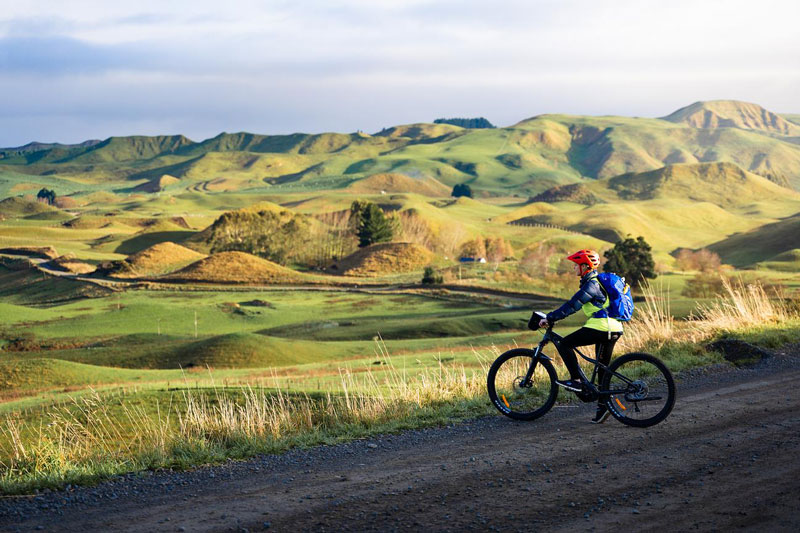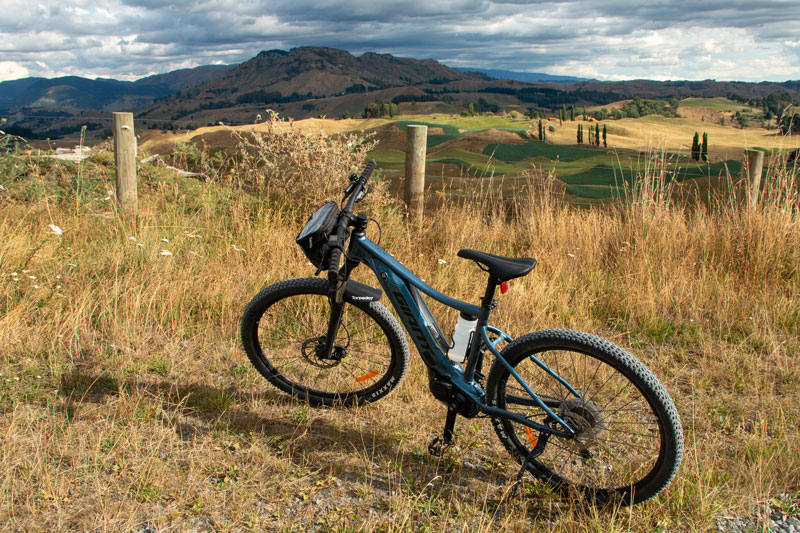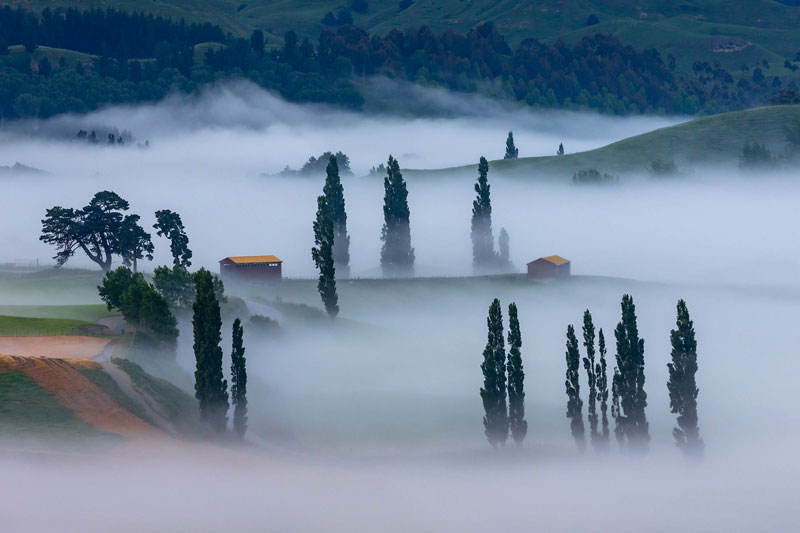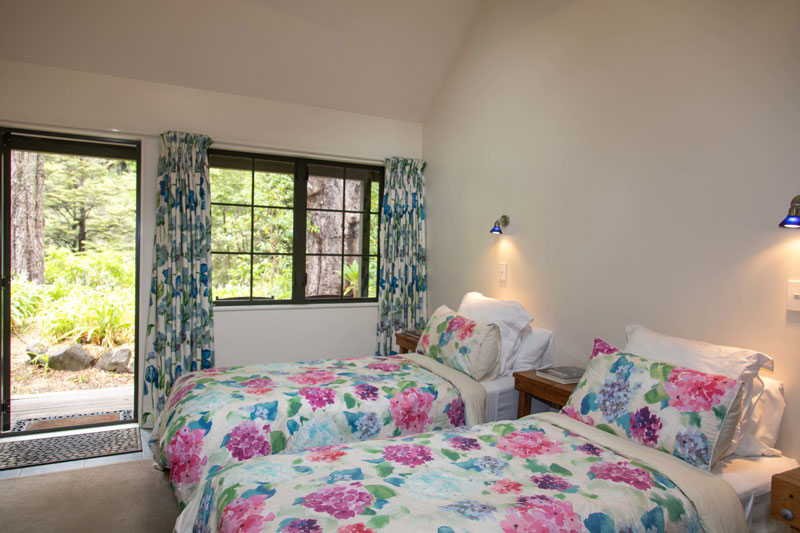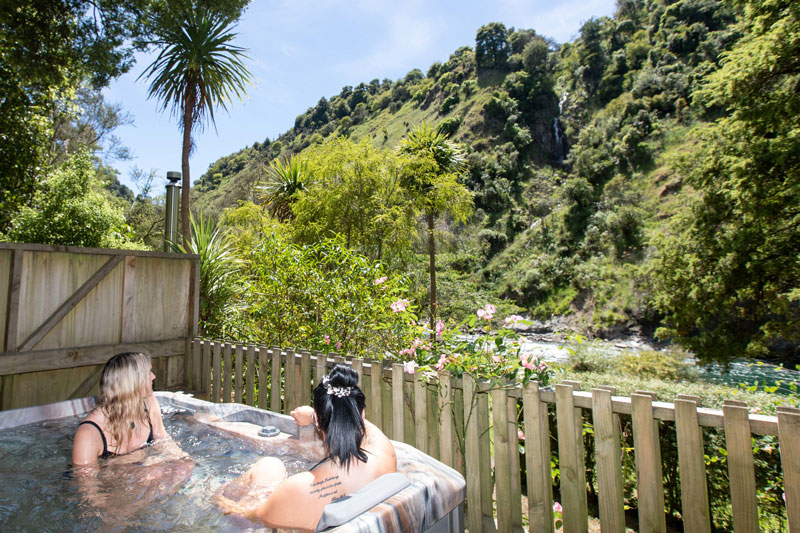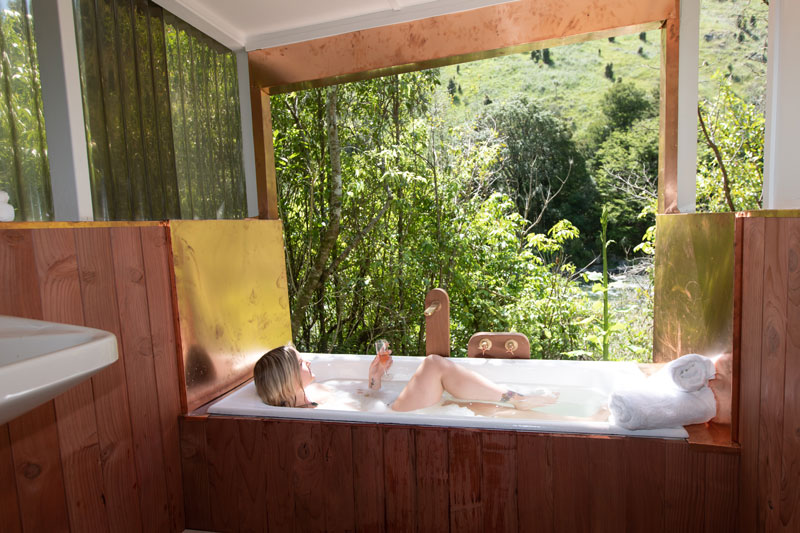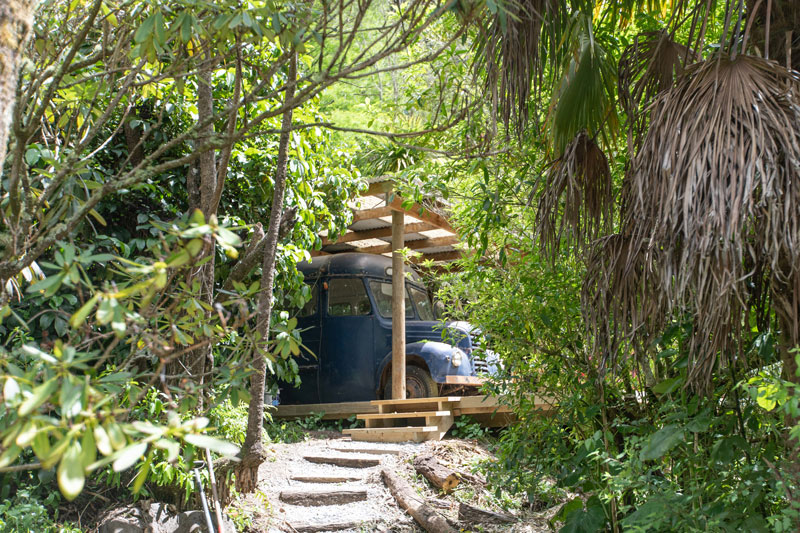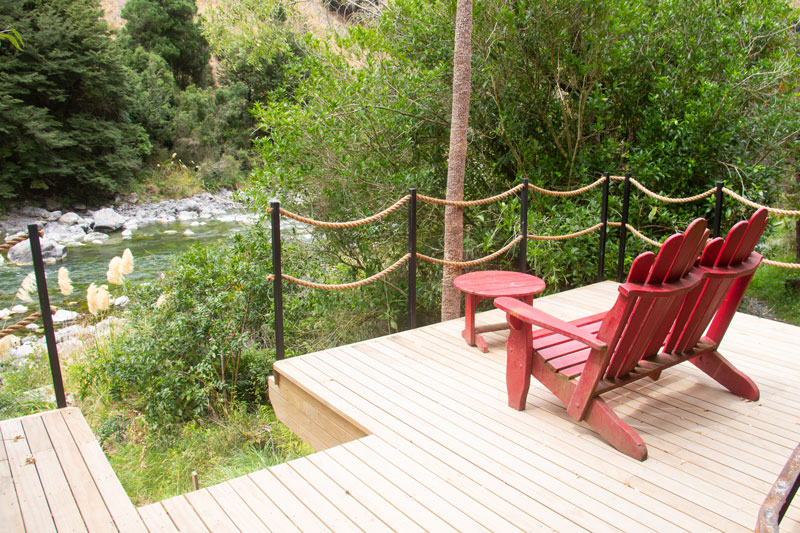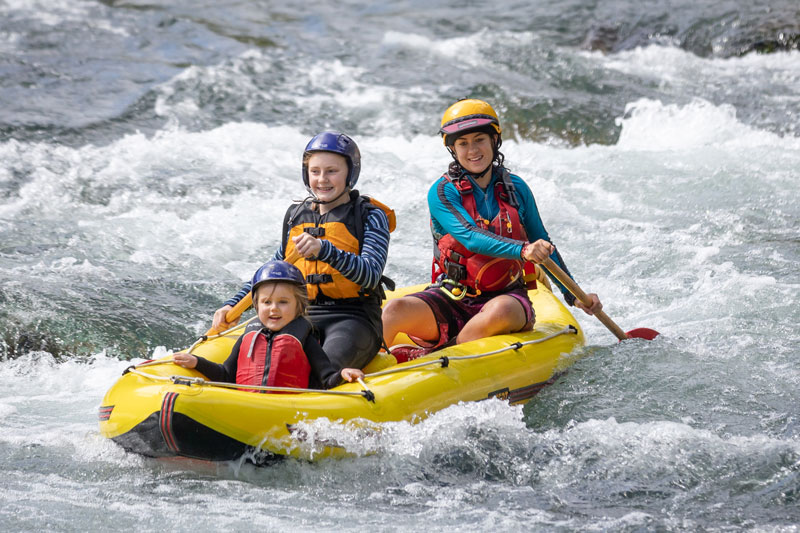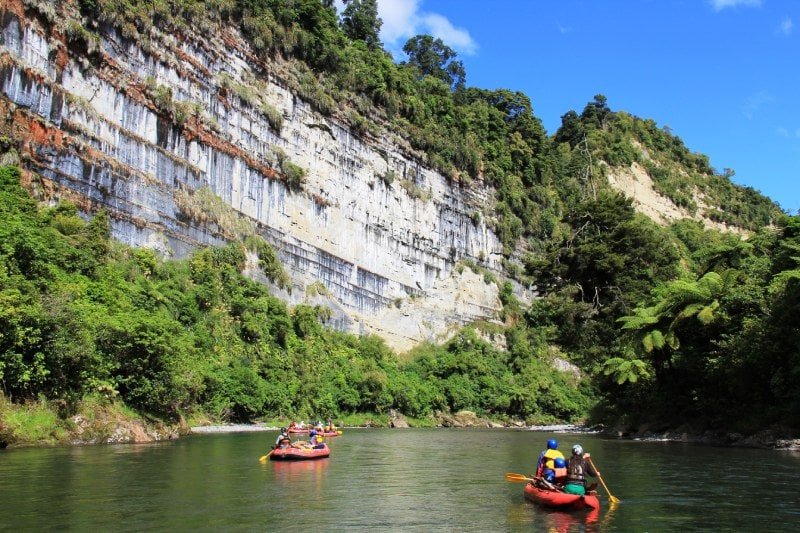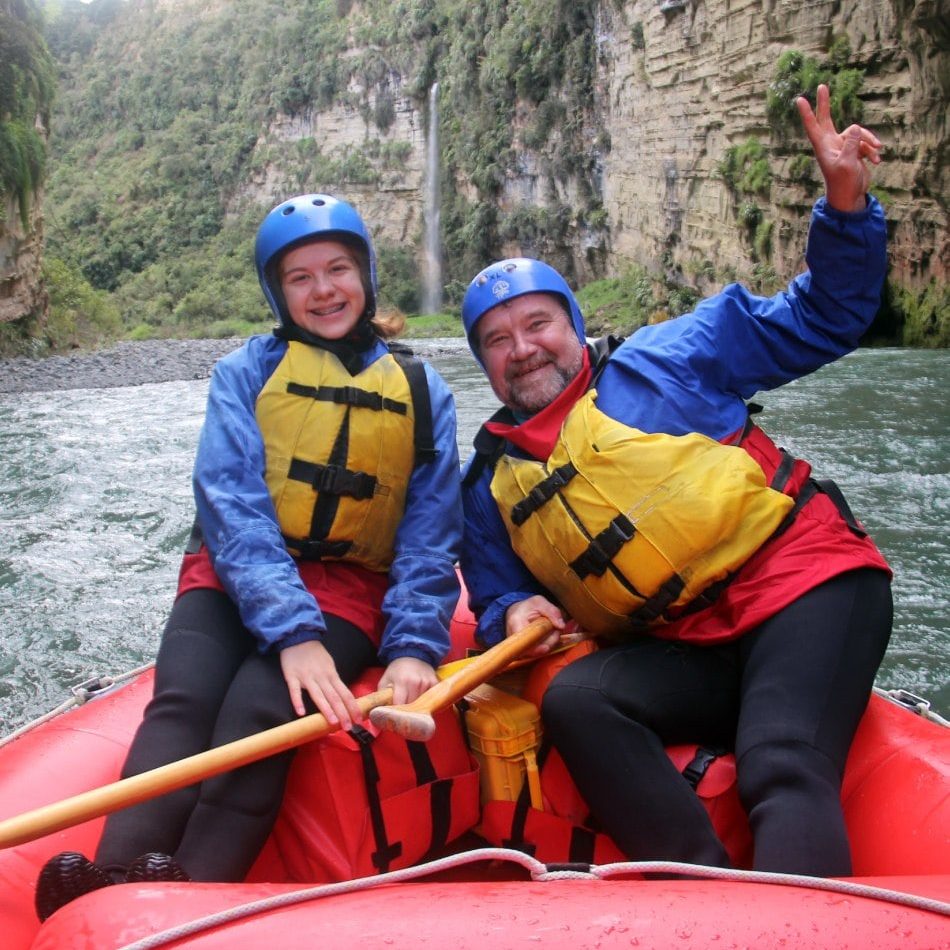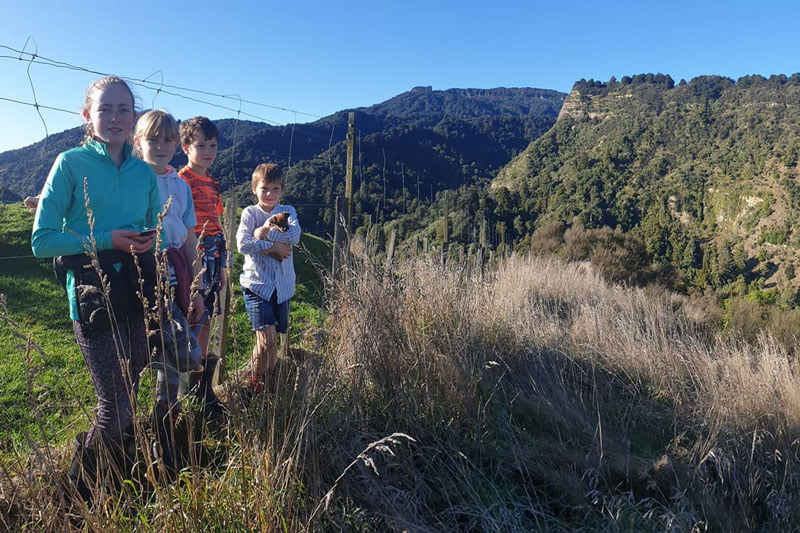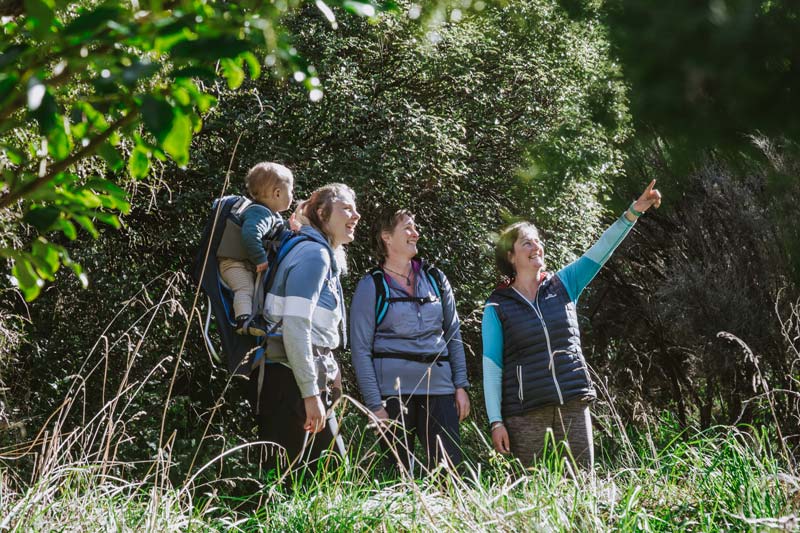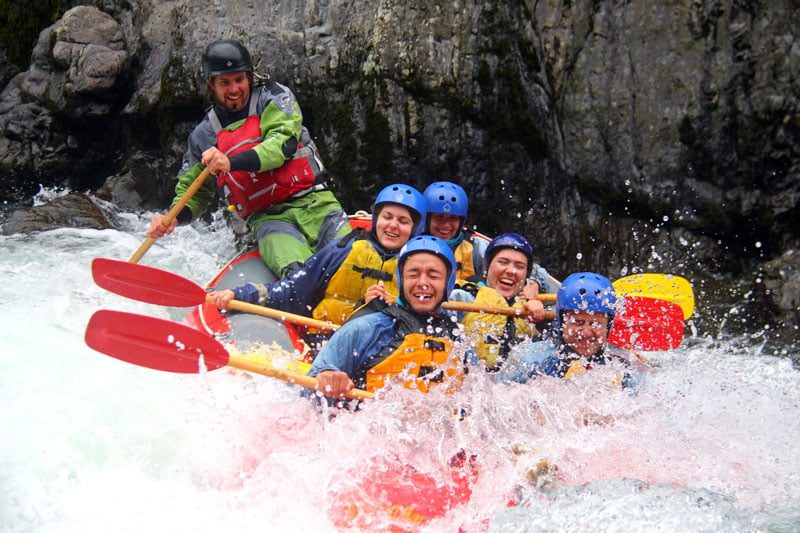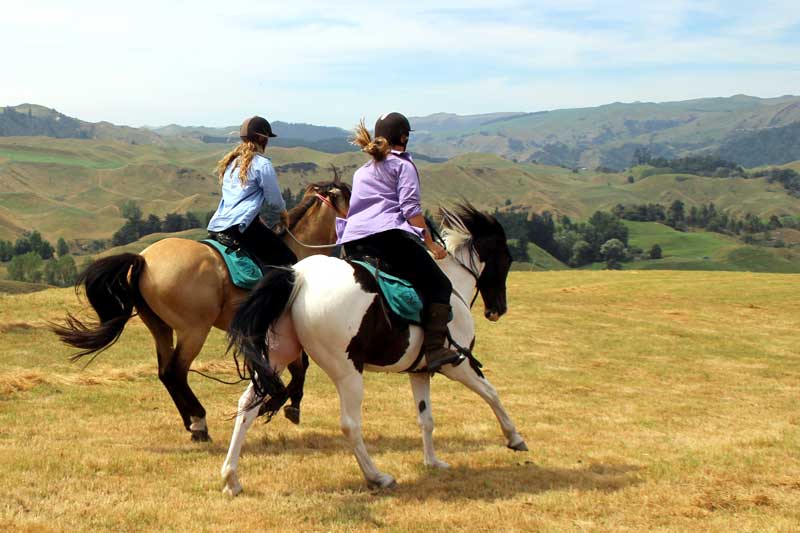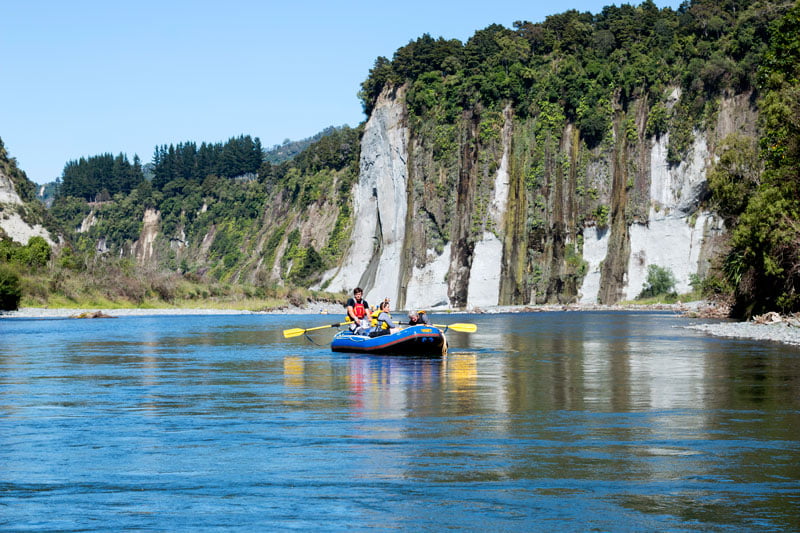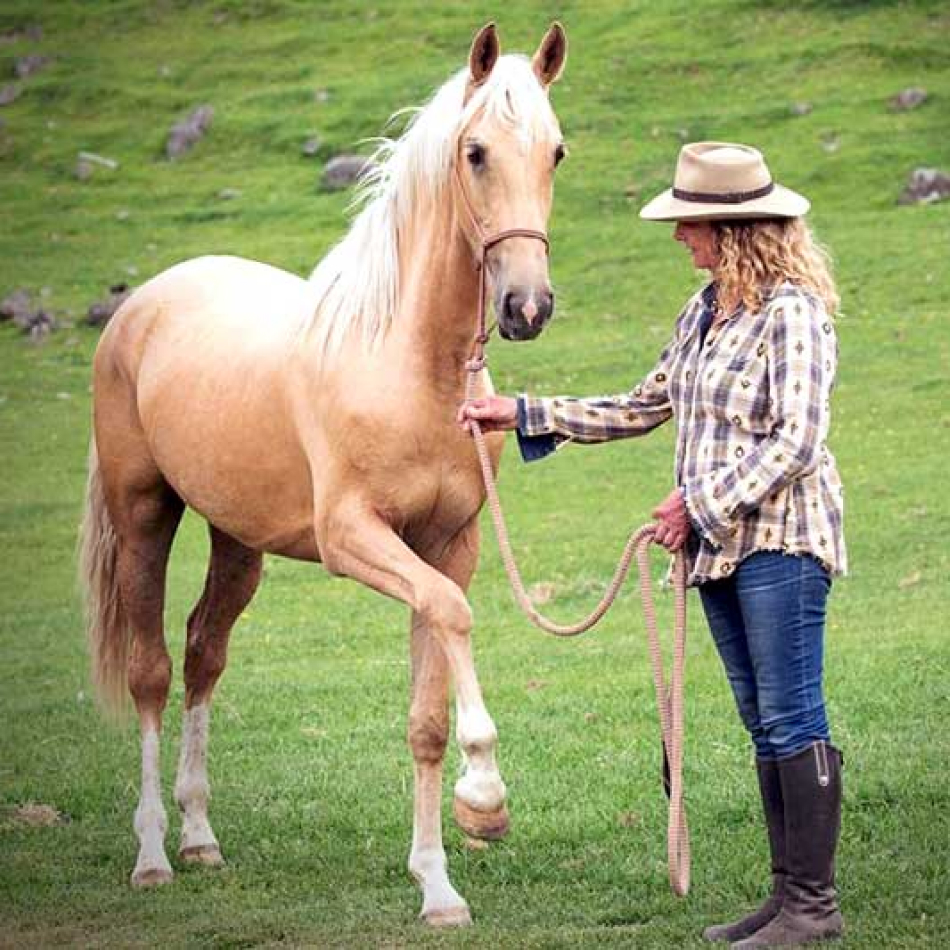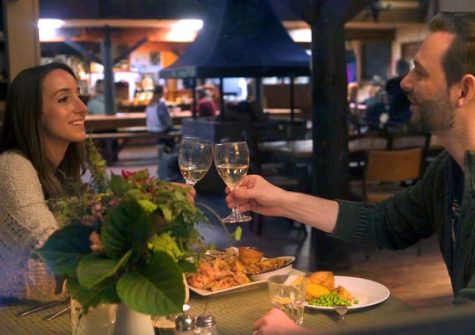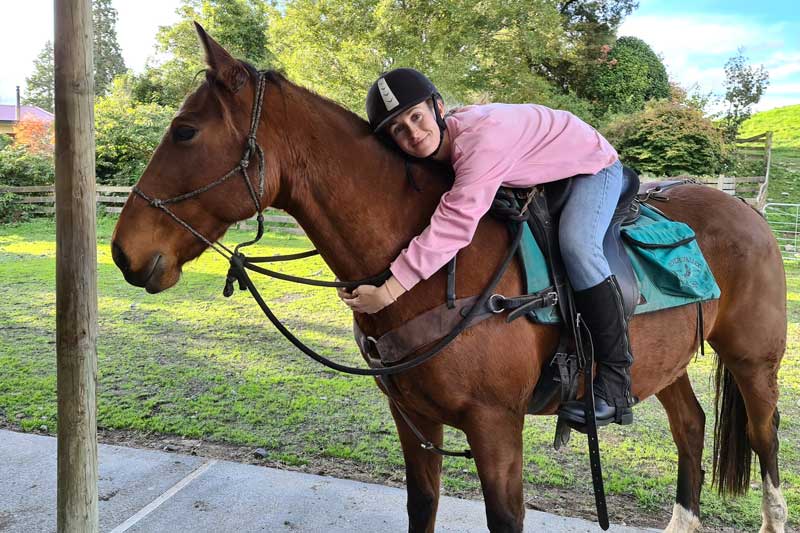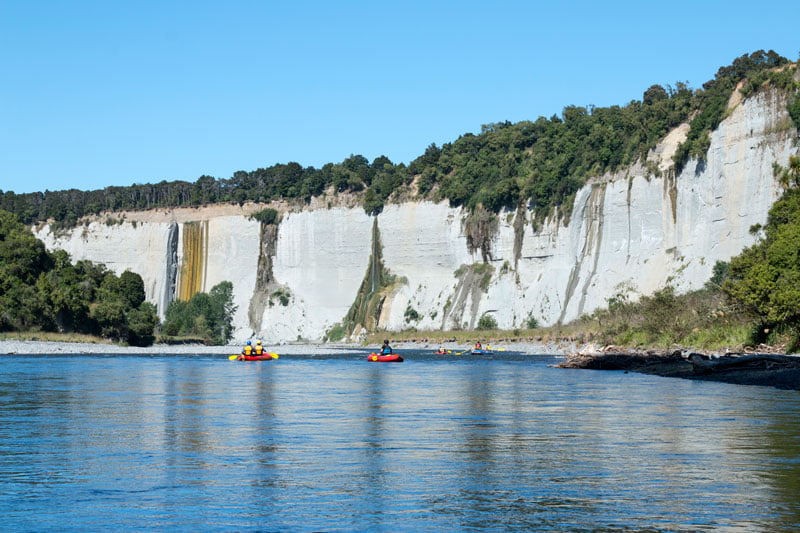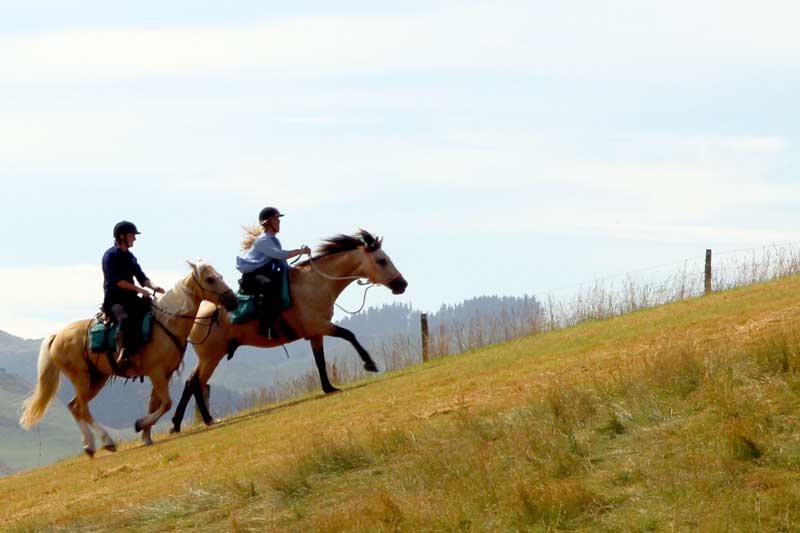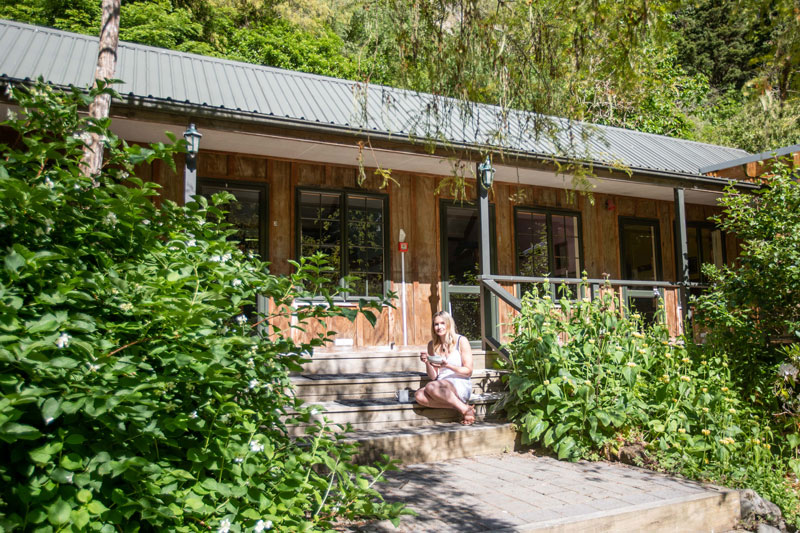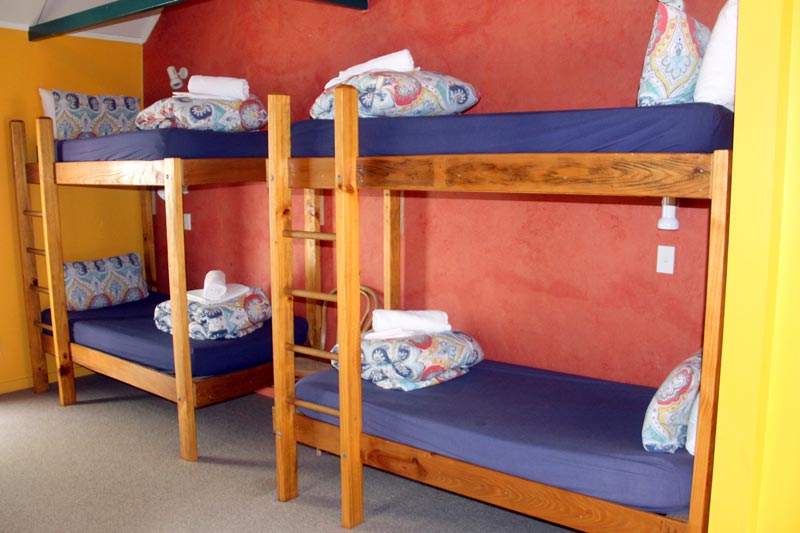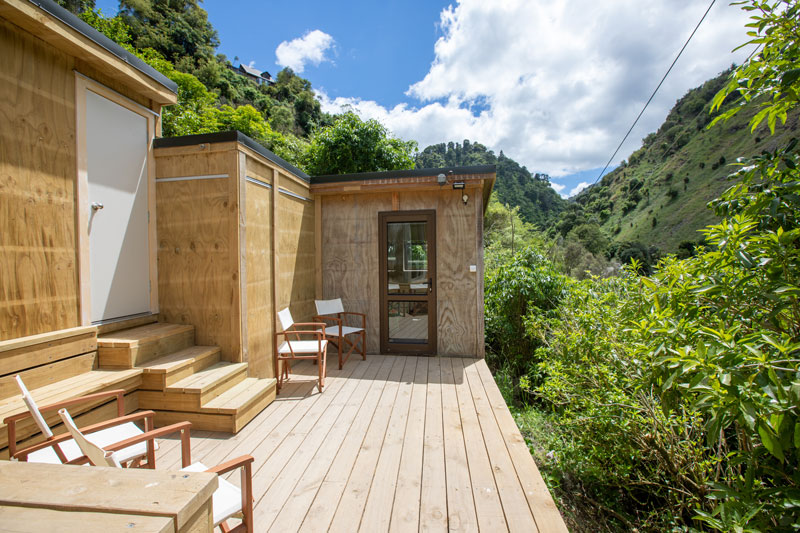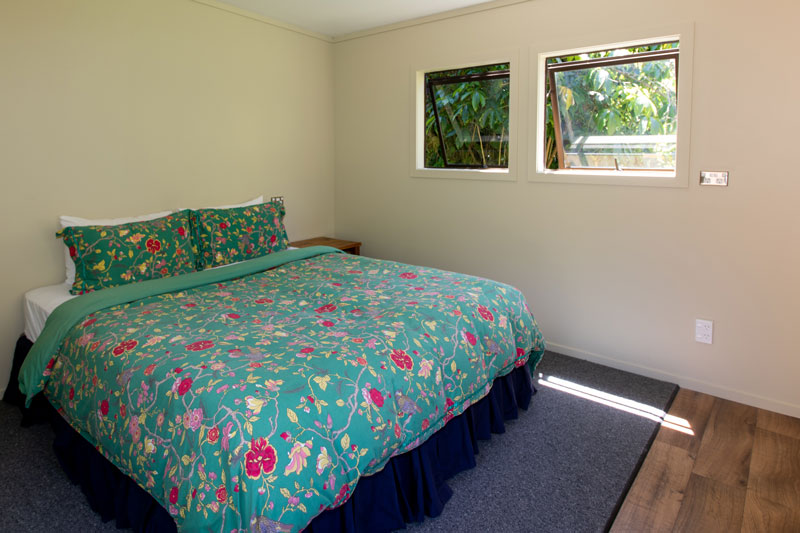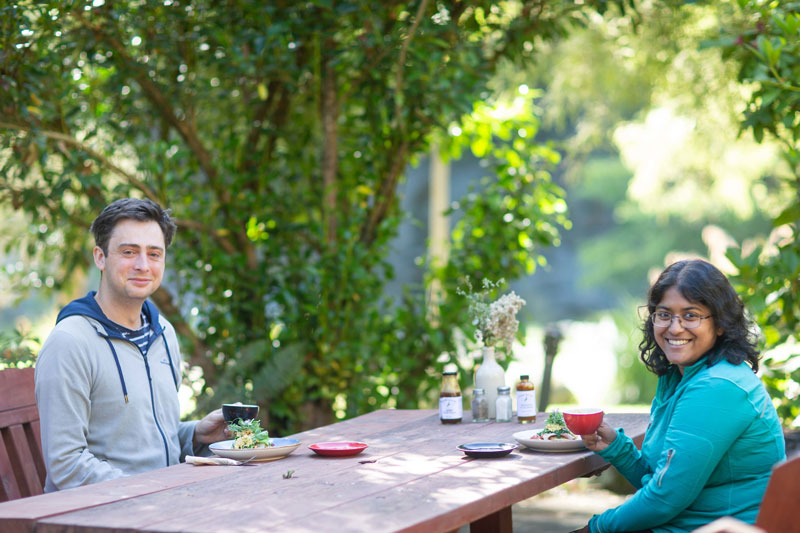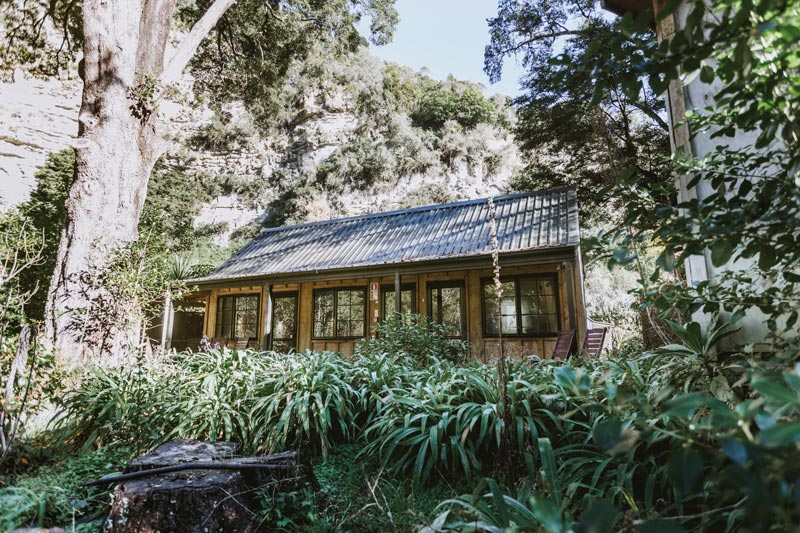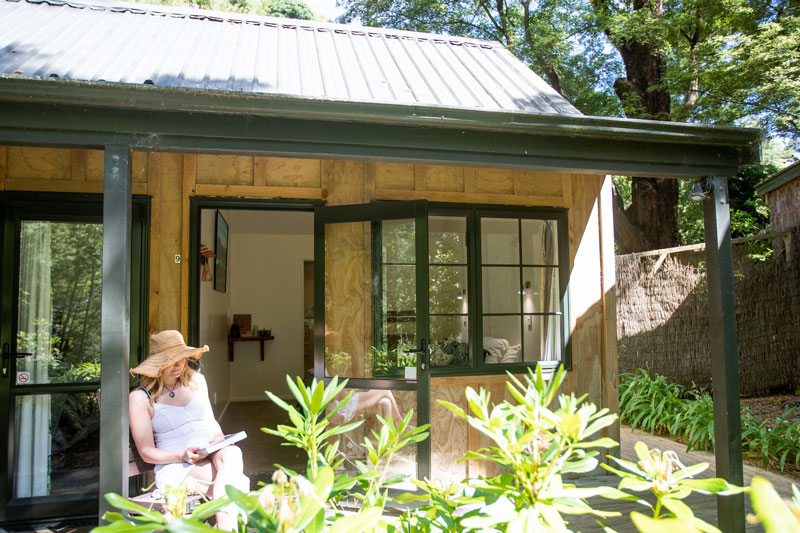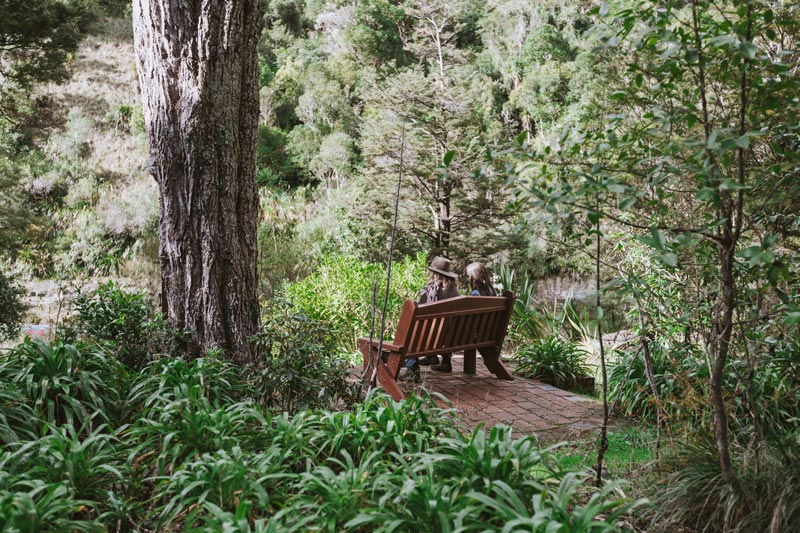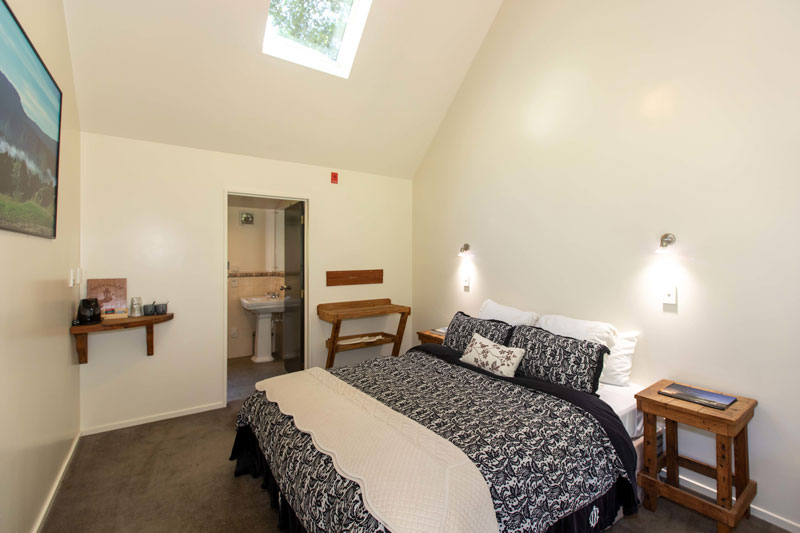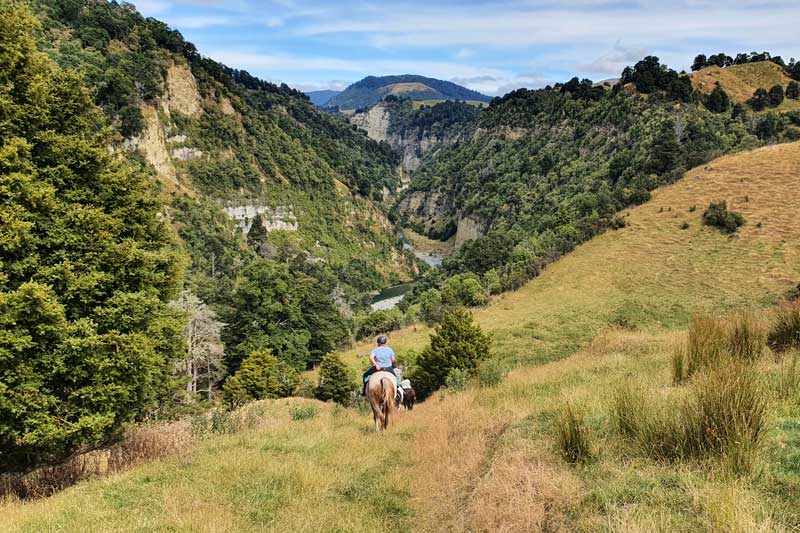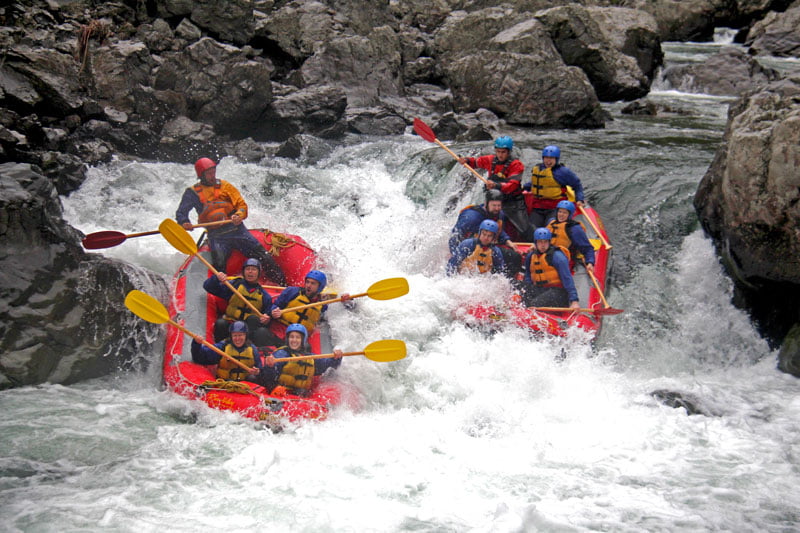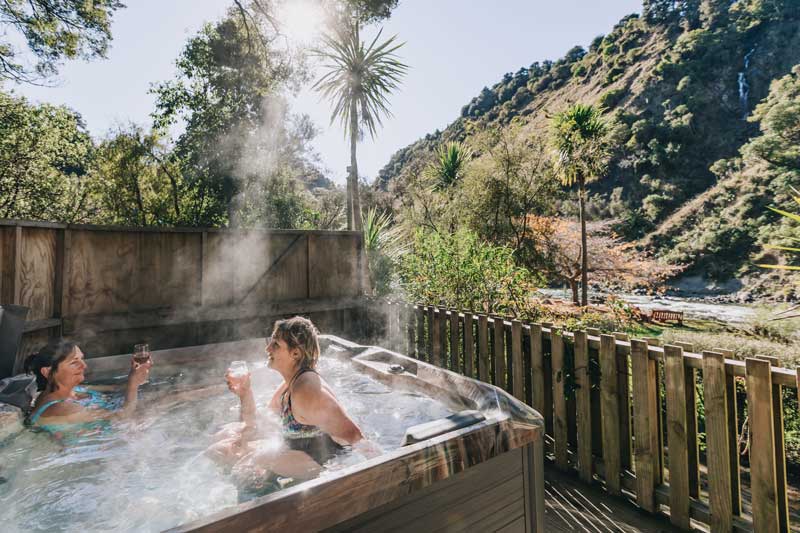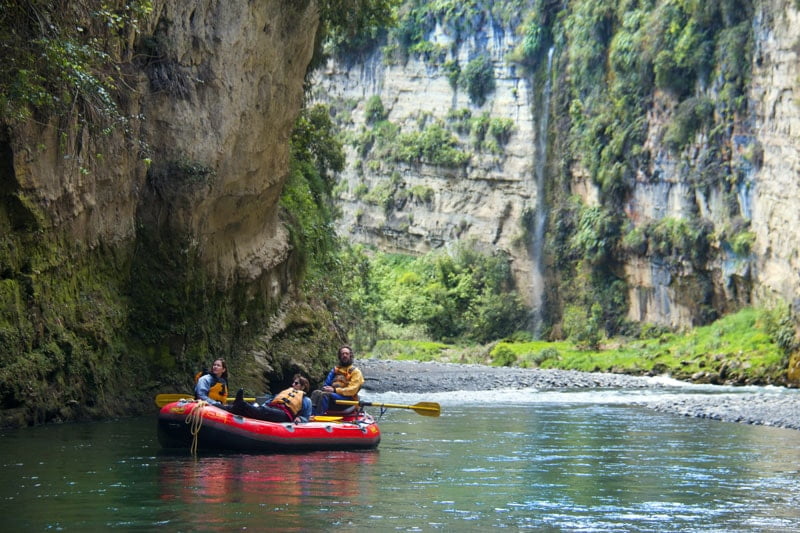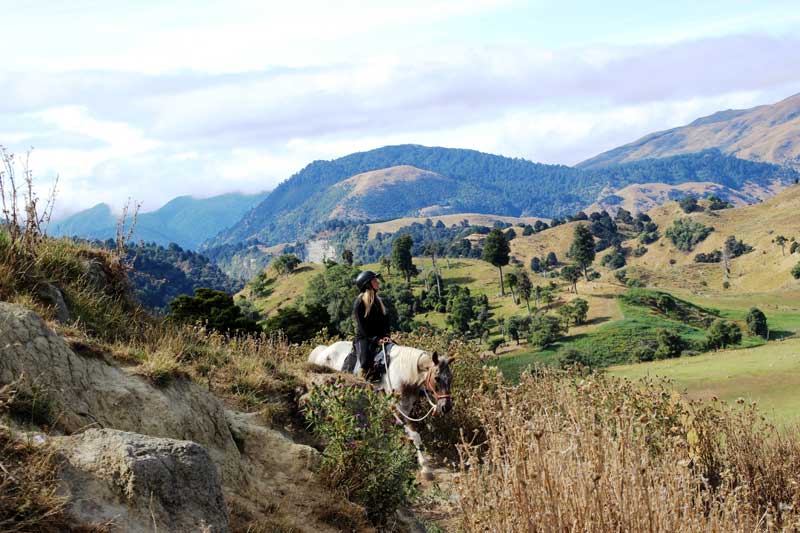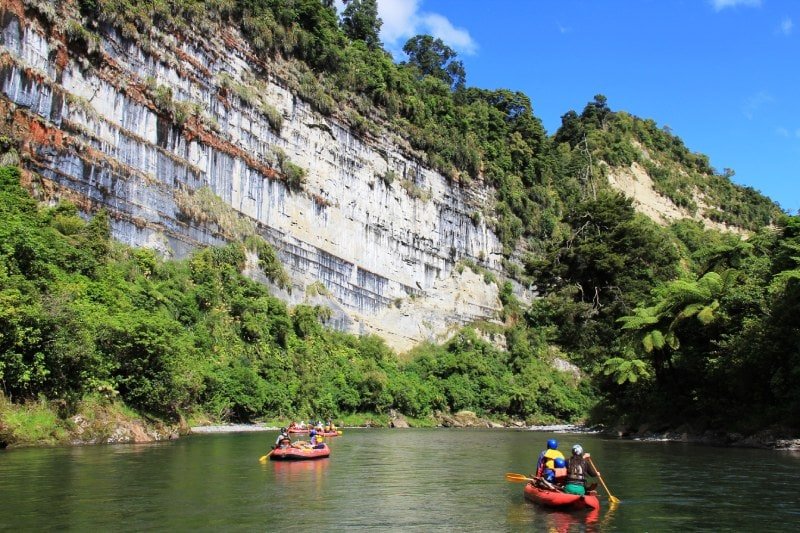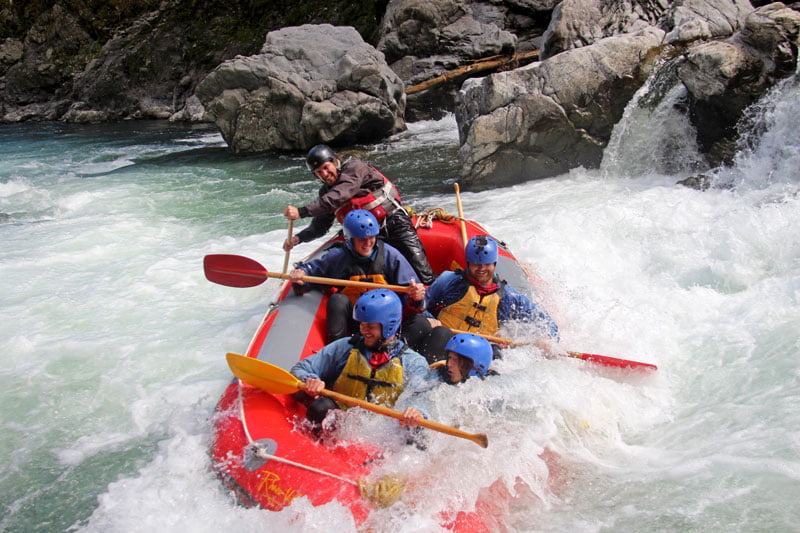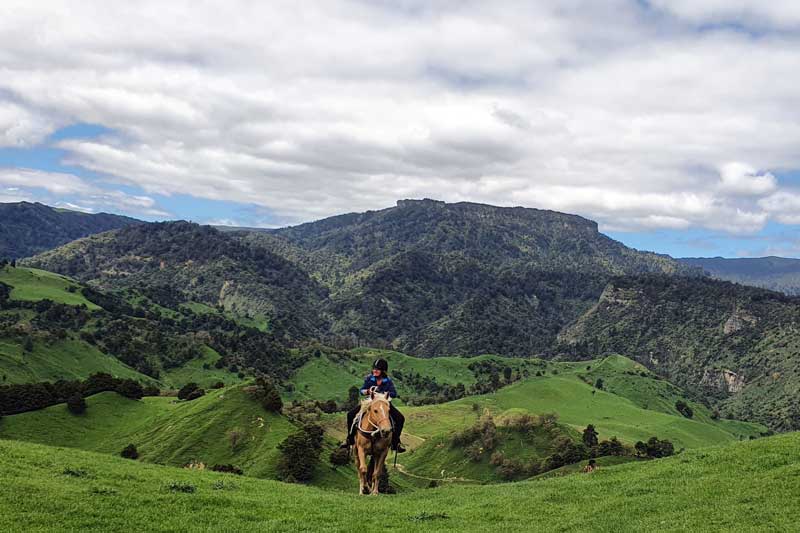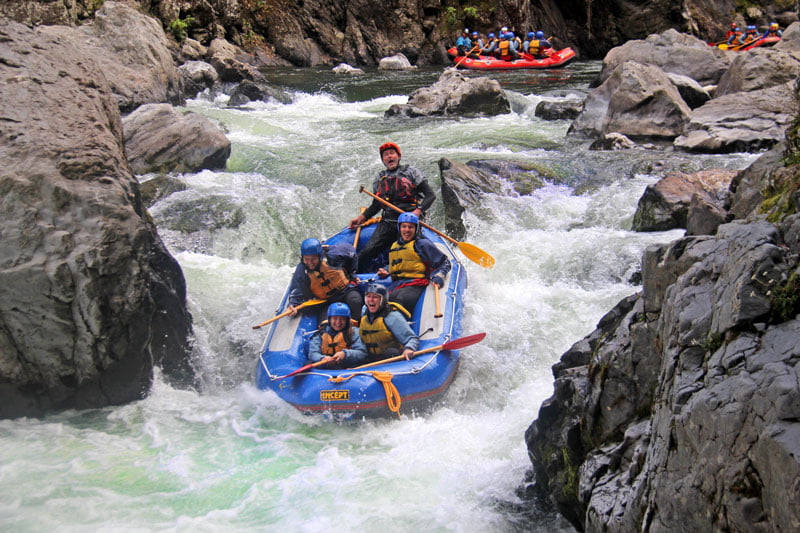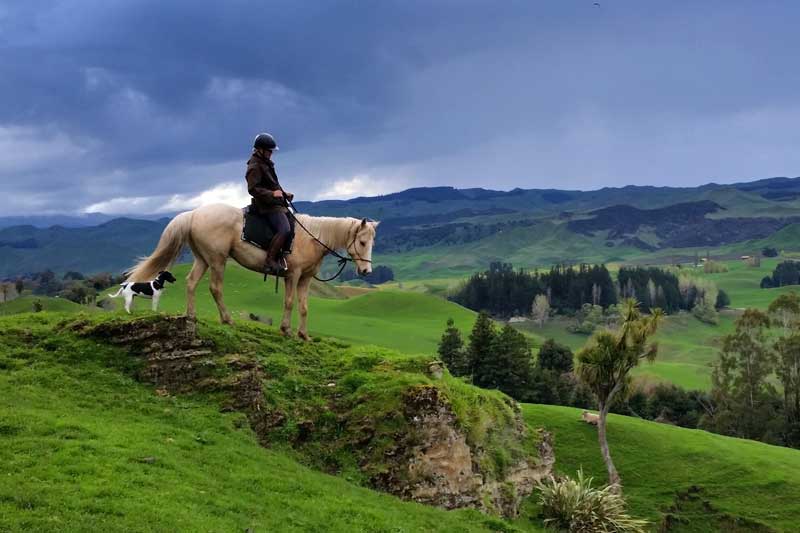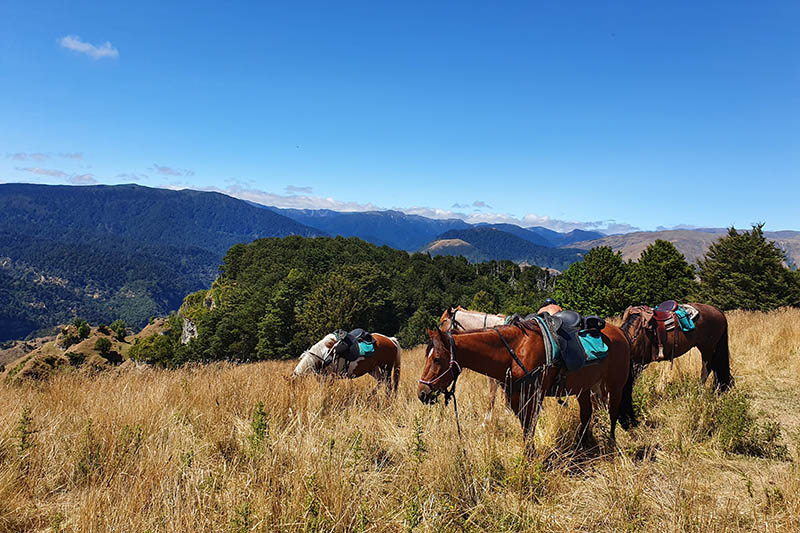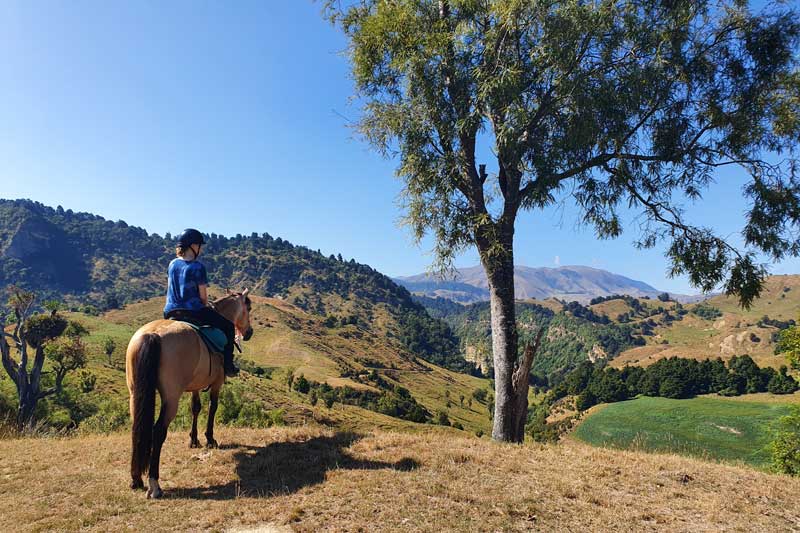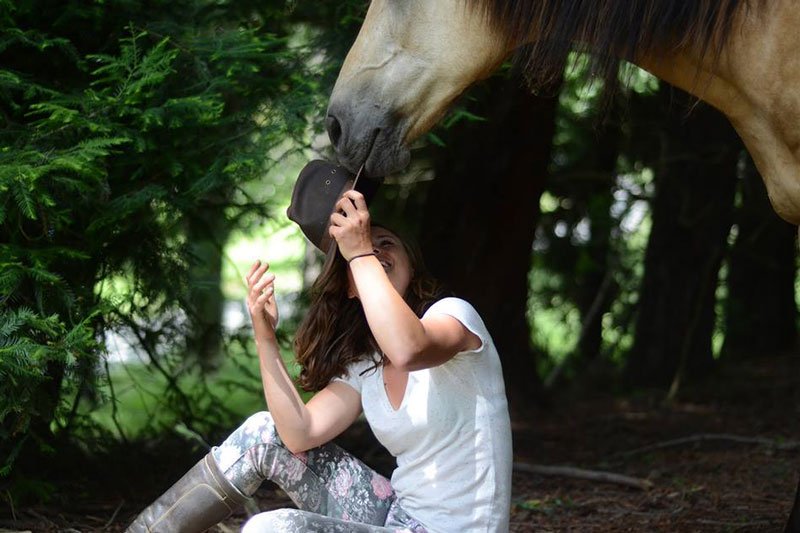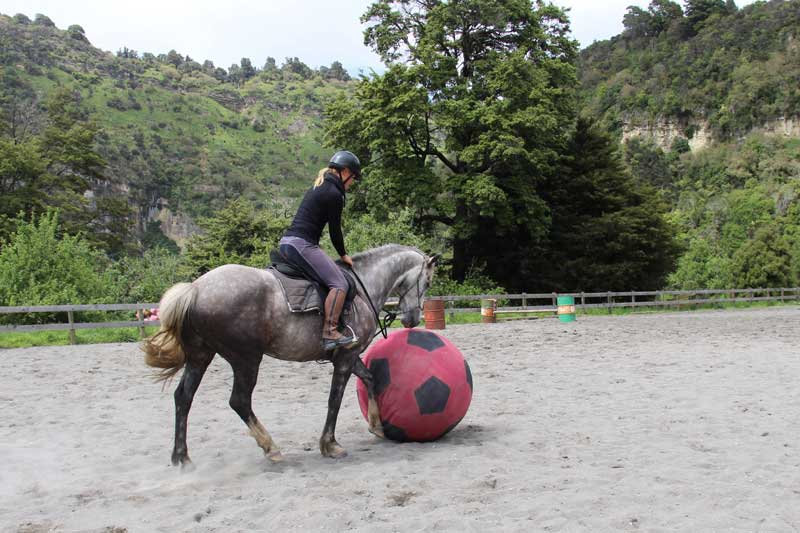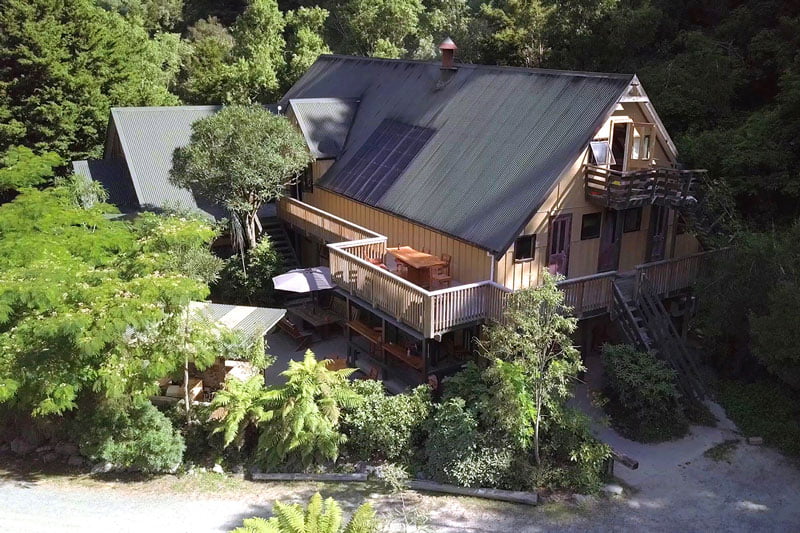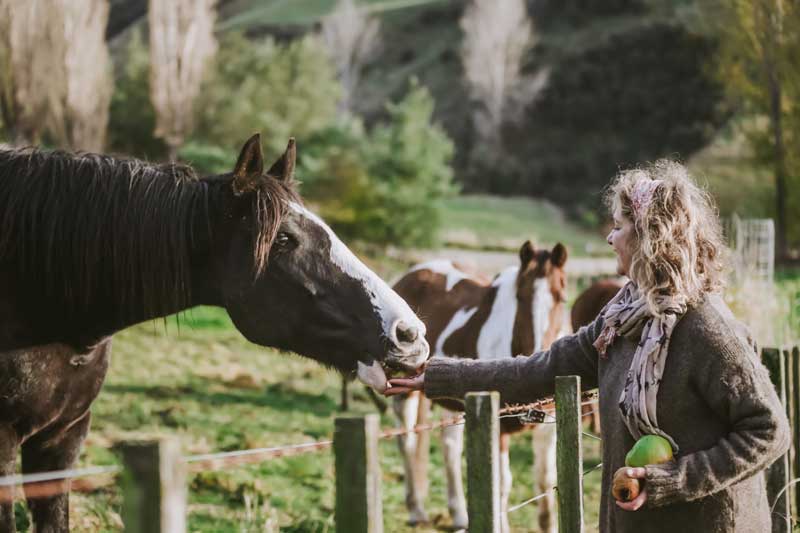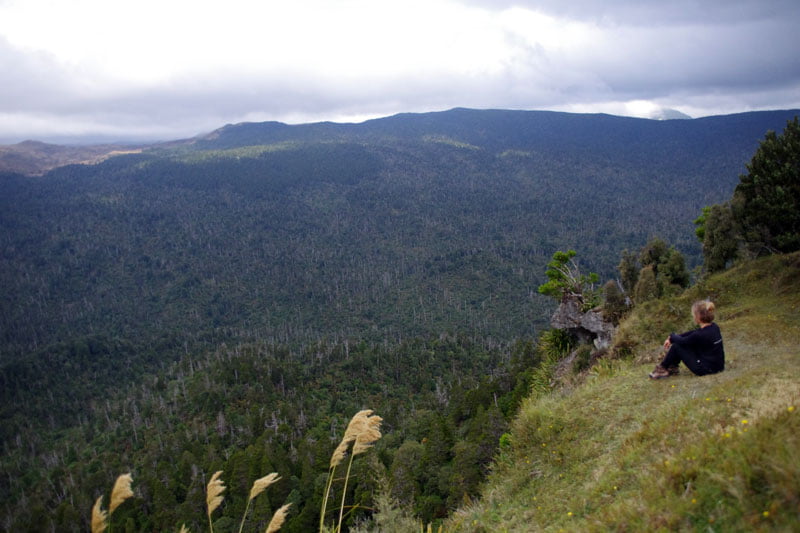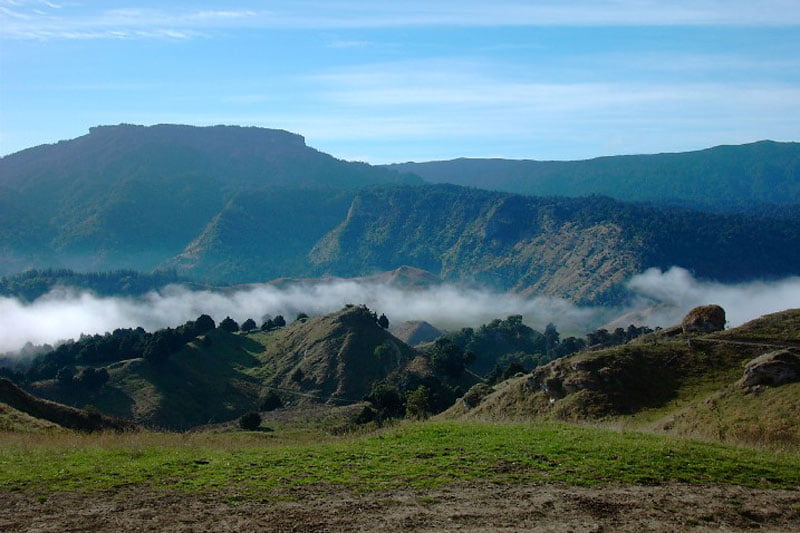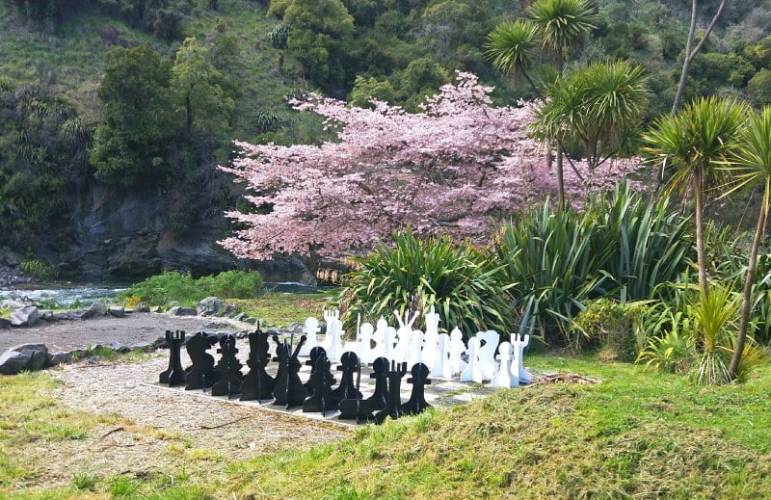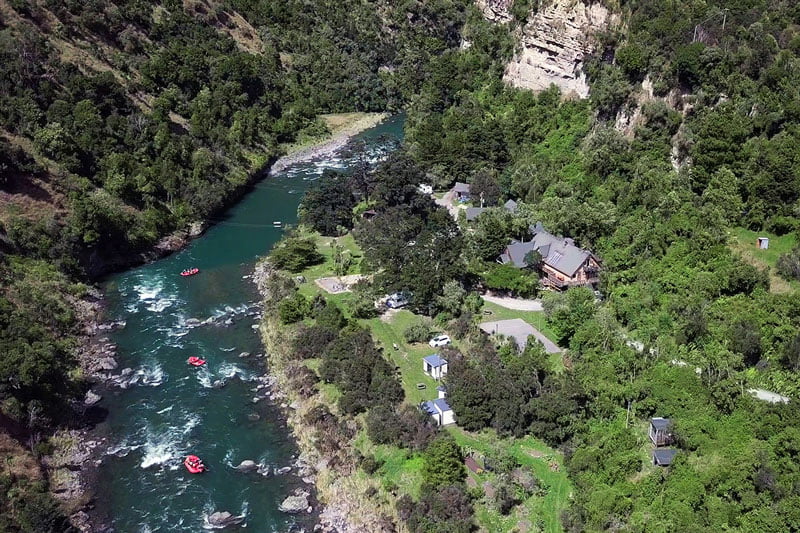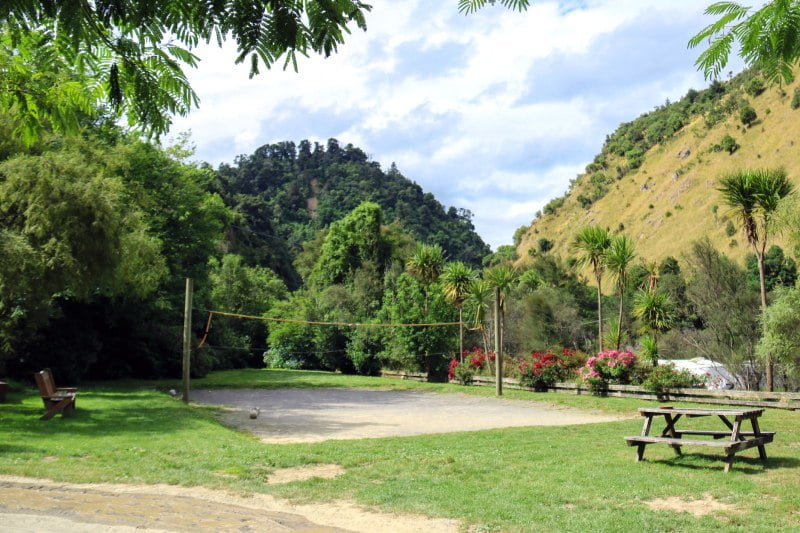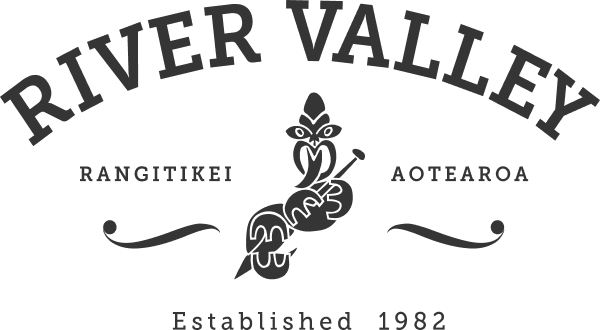Wellness
A few days ago, I was at our local primary school (ages 5 to 13 years), Pukeokahu Primary. The reason for my visit was to watch the process whereby the school passed its assessment from Bronze to Silver Enviro School – which they did.
It was great to see the enthusiasm that the pupils had for what they were doing, their understanding of what they were doing, and their thinking about what more they could do.
Attending something like this event can also trigger different lines of thinking in oneself. In my case, watching and participating with the young students triggered thoughts centred around the concept of wellness.
Now wellness is a term we often hear associated with our human health, be that physical, emotional or mental; however, my thinking went in a different direction. Rather I wondered how we view or understand wellness in an environmental landscape.
To give some thought around this.
If you were to view a reserve of native trees and considered wellness, what factors would you take into account? Would it be the quantity of birdlife, and what type of birdlife (introduced, endemic or native)? Would wellness be associated with a broad mosaic of tree and shrub species? What about insect life – is it abundant? Or, could wellness also be associated with what is missing that you think could be there – species of insects, birds, plants?
Were we to apply a somewhat vague concept such as wellness to this nature reserve ecosystem, we would also need to consider its resilience or sustainability. Is it big enough to provide habitat for all the species that could and should be present? What are the effects of introduced plants and animals on this system – they may not always be negative.
Where I am going with this, is to observe how we tend to look quite superficially at many ecosystems and tend to think just because we have planted some trees, fenced off a creek, or preserved a native forest remnant that these initiatives would meet in some way concepts of wellness.
Another example would be the normal household lawn. Would this grass monoculture meet in any way a concept of wellness? On a global scale, lawns require immense quantities of fossil fuels to have their weekly scalping, they are often irrigated using precious water, and also, many homeowners, golf courses and municipal bodies liberally apply selective herbicides, pesticides and fertiliser. Would a lawn meet any concept of wellness?
When we look at how we produce food, I think we also need to consider wellness.
Is it a sign of wellness that so many of our crops are liberally coated with a variety of “cides” (insecticides, herbicides, fungicides), and also grown as monocultures? Nature does not do any of these things and seems to do just fine.
So how would or should we define wellness in nature (whether under human management or not).
Natural systems are not static. A natural ecosystem that is static is actually under decline. Natural systems always seek to add complexity and diversity. Generally, they respond positively to disturbance. Human managed ecosystems are generally the opposite. The quest, in this case, is to simplify the system.
How can a landscape that is under human management and that is unwell – if it was not unwell why would we be applying copious amounts of chemicals to it – be considered to grow food that makes us well?
With this in mind, we can see that there can be no one set of parameters that can define wellness in natural systems (including those under human management). Each example will be different.
When you next observe a natural ecosystem, whether a farm, a forest or a reserve, ask yourself, how would you decide that what you observe exhibits wellness or not?
Brian Megaw

